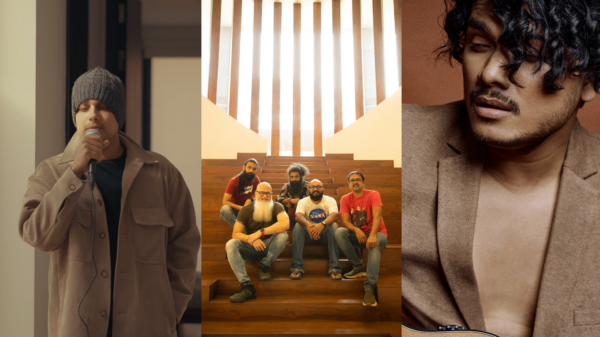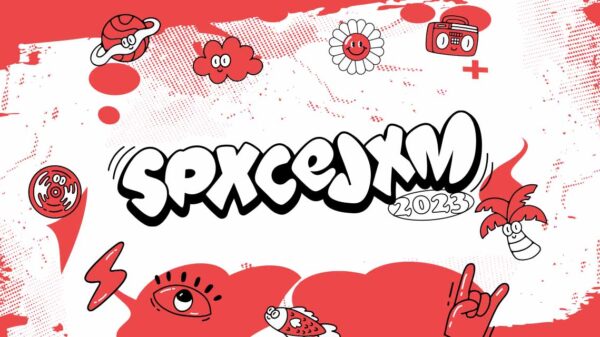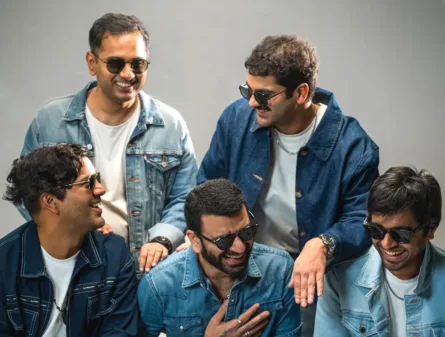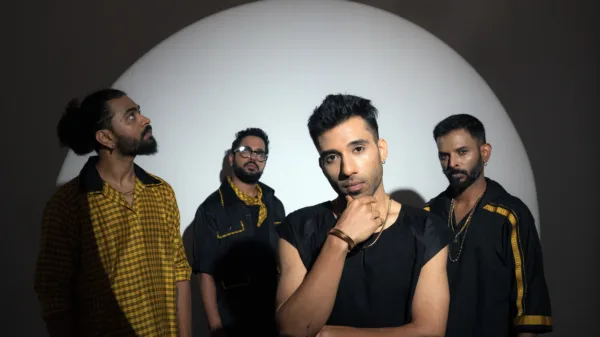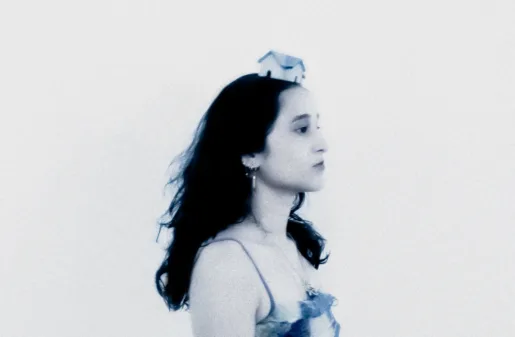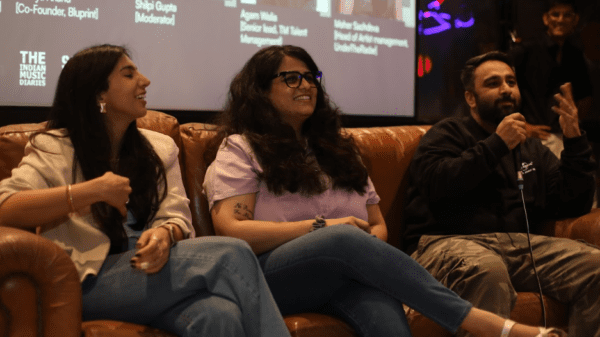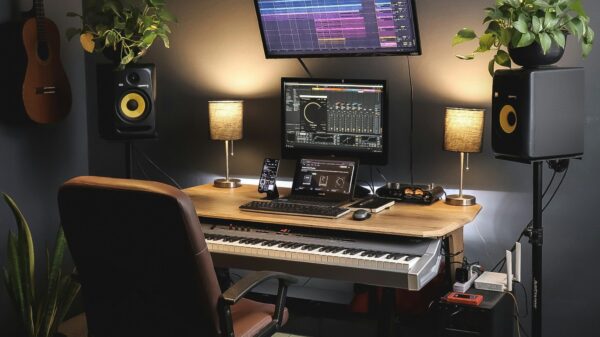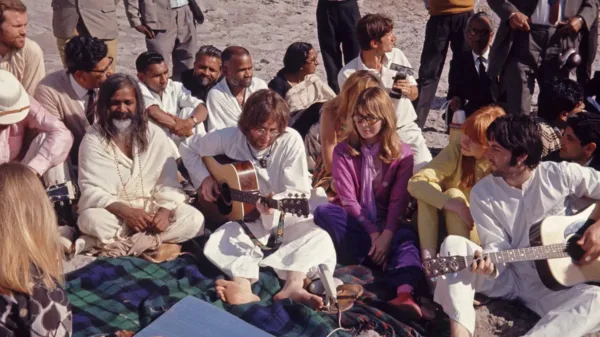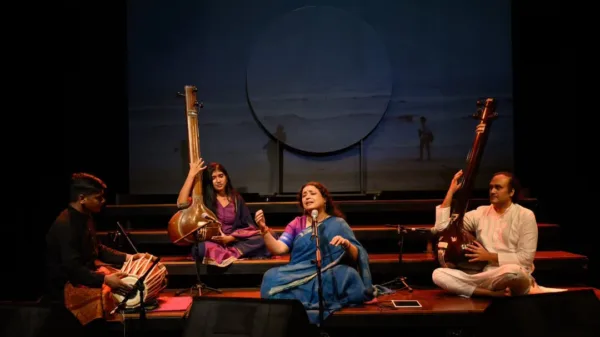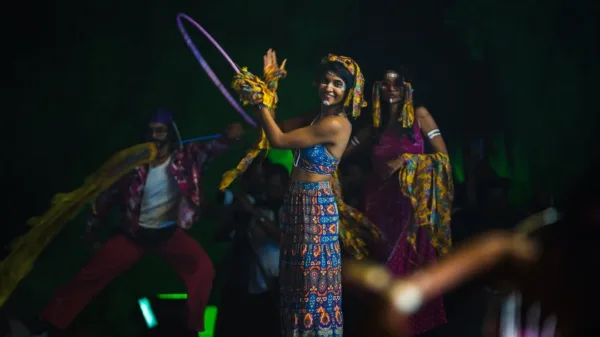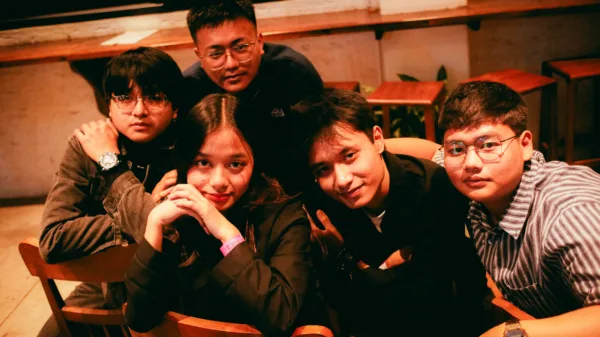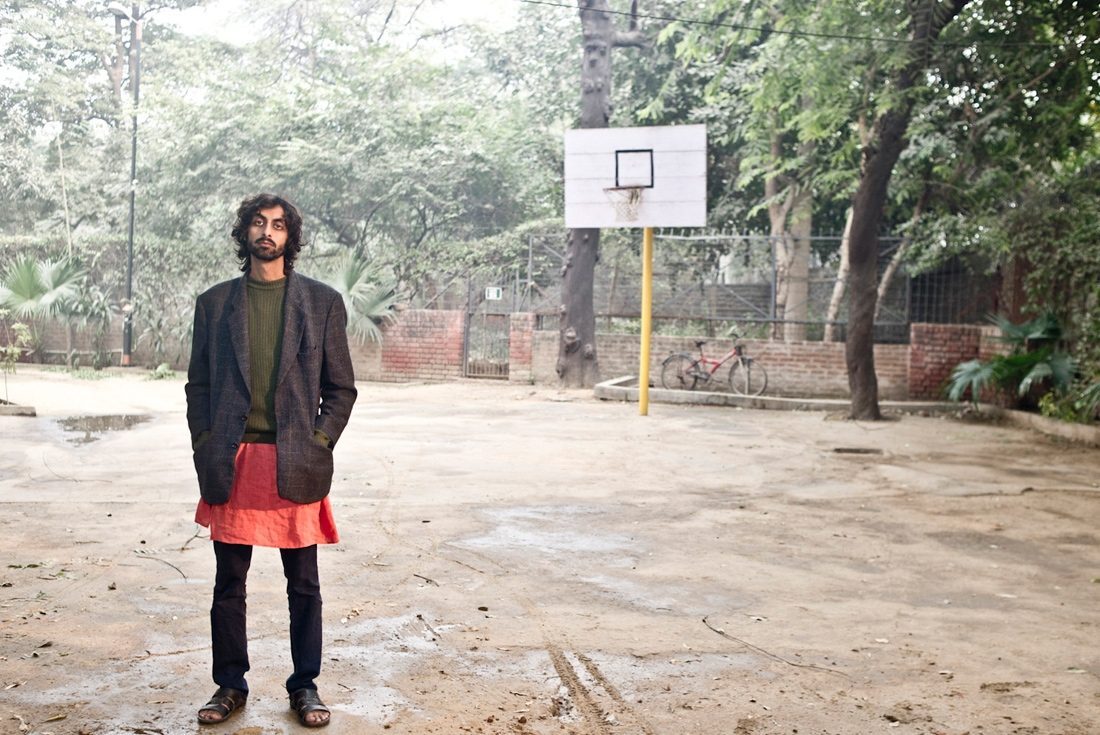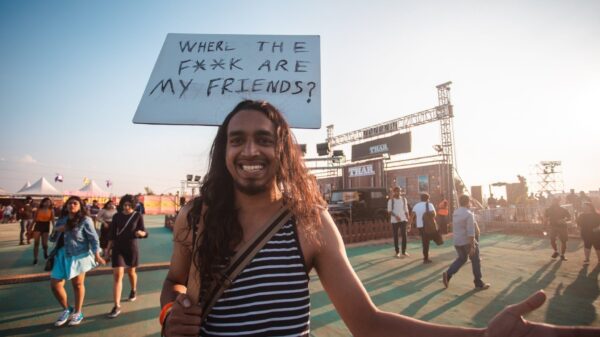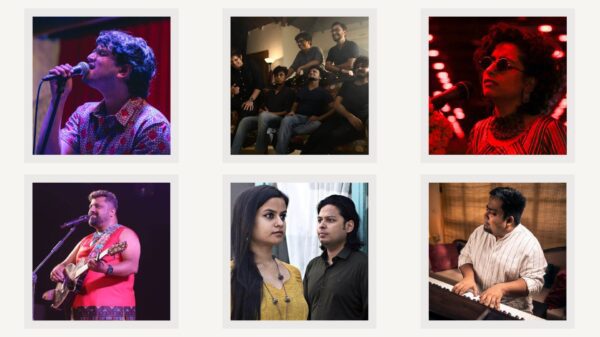On the 28th of June, Lifafa performed in New Delhi as a part of Hungama Music’s World Music Day Festival. After struggling for three years in the student underbelly of the city, I have finally come back home — that is, I am standing at the threshold of my bachelor’s degree, and the next leg of my insipid existence. On the day of the show, it seemed as if the entire pool of people I had somehow befriended or come to know in bits and pieces had turned up at the venue — a conclusion I came to after enviously skimming through stories, desperately wishing to seep into the room in some evanescent form, and put my hands up amidst everyone. My friend, who I have ever so often requested for concert videos, diligently sent me some recordings — ones he had made before he had decided to immerse himself into the hypnotic artistry that even I could feel through the footage, 1500 miles away in my darkened sliver of a room in my suburban home. There is a promiscuous nature to handheld, phone-camera concert videos : they are rarely the best quality, and they are rarely ever looked at later after their sheen of recency bias wears off. And yet, there is an unmistakable urge to encapsulate the sheer entrancing nature of the moment. Through the reliable hands of my unimpeachably tall friend, I got an inkling of the feeling everyone physically present felt in that space — listening to Jaago, enveloped in the lightwork, wanting more of the magic.
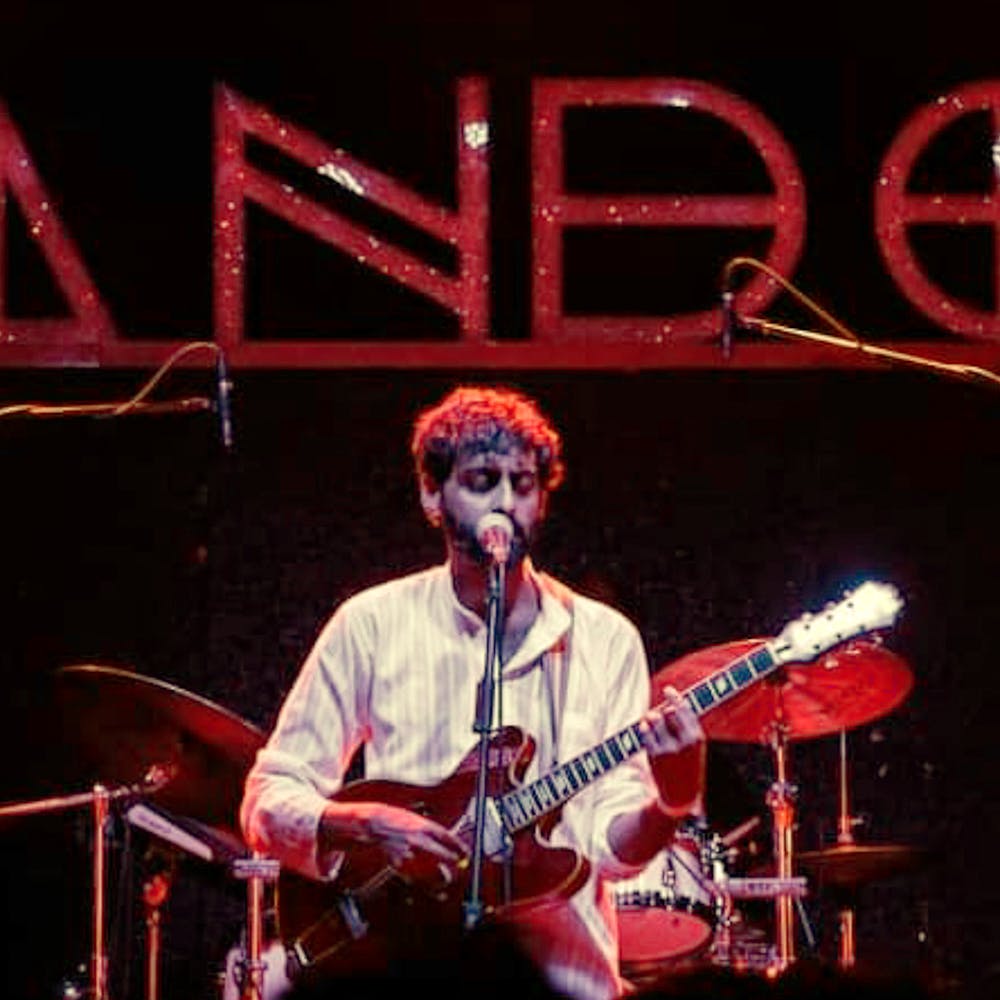
While reading through old reviews of Lifafa’s discography, I had come across mentions of two of his previous releases, ones that are not available on SoundCloud or Spotify anymore. The first being Lifafa I, released 11 years ago, available for streaming on only Bandcamp and the second being the In Hi Ko EP, whose traces have disappeared from the Internet, leaving behind one music video, and a handful of articles consisting praise. There is an odd charm in listening to music on Bandcamp — it almost feels like museology, like you have stumbled through the doors of a coveted curio shop and are deeply aware that everything on every shelf is invaluable in ways yet unrevealed to you, but it is still excavatory in its essence. Listening to Lifafa I had the same initial impact — like I had found my way into a narrow alleyway not traversed everyday but famous among the streetwalkers and aimless flaneurs for its promise of a pleasant kind of uncanny, experienced only by a select few.
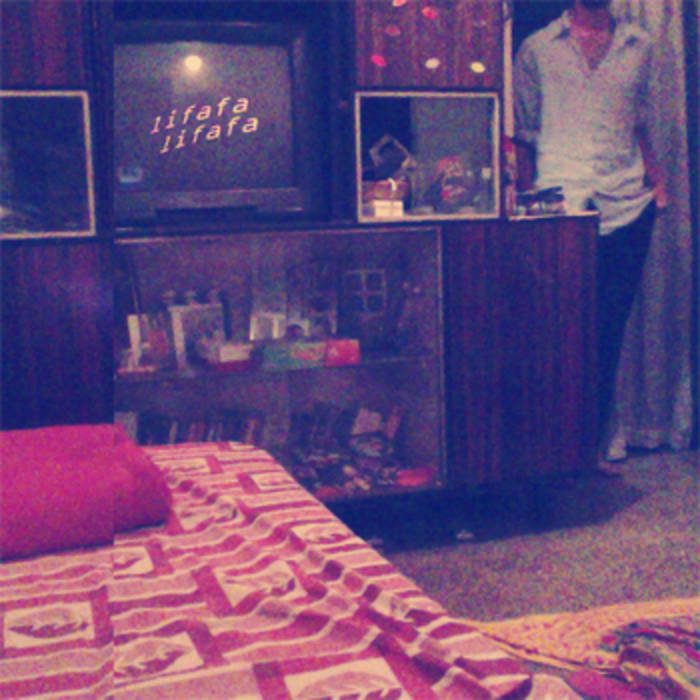
The cover of the album has a figure standing at the door of the room, grainily filmed from the inside, presumably from the bed. The first track, Los Gatos, is windchime-y the kind you find atop the doors of rooms of non-palatial houses. The track, sonically, feels like standing at the threshold of a room with chimes overhead, like the figure on the album cover (presumably Sawhney). There is a cavernous element to it, like you have managed to step into something simultaneously watery and gaseous at the same moment. With distorted vocals, echoing, floating in from a distance and then letting the instrumental circle around its core – the track is an immersive opener, pulling you into the rest of the album.
Whistling, the second song on the album, is one I am partial to. With Sawhney cutting through his own voice saying the word “whistling” through a horde of different ways, pitching it up and down, and accompanying it with electronica that achieves a haunting effect, almost. The synthy, glitch-hop soundscape almost feels like it is originating from the inside of an early 2000s, pre LED/LCD television, on the verge of collapse.
Boa Gombay, a track that arguably had spawned the most appreciation at the time of release. There is a disco element to the beats, cleverly arranged with a heavy drum loop that makes the whole track feel like it has been extracted from the soundtrack of a Bollywood movie to induce an ambience of mystery. Following is Agnee, the longest track on the album, standing at 5 minutes and 54 seconds. It’s bass heavy, grungy, acidic, more mystical as layers of observable cinematic influence take control — one desires to listen to the Agnee Redux, which Sawhney had released as a part of his In Hi Ko EP, with reference to a WildCity review — “Sawhney takes the tune to a new level in ‘In Hi Ko’ with ‘Agnee Redux’, by adding formidable vocals that transform the track to something more cinematic and expressive — with the original sounding like it is in preparation — to say more, to invoke more, to speak more. Perhaps the redux added that sense of completion.
Gopi is more twinkling, with incredible piano work — almost Christmas-esque, subtle, held in an Indian church. It’s gentle, internalized, almost a more optimistic extension of Los Gatos. There is an extremely muted flute— towards the end, tied in with the name of the track, in all probability — and for me, the crux of it.
In the 2013 review of the album, The Hindu describes the next track as follows : ‘Villain’, on the other hand, is just bewildering, and certainly not dark in any way. The idea that electronic music is ‘future music’ is borne exactly due to songs such as these. Goes nowhere, but thankfully ends soon enough. They are not completely wrong, it is extremely warped, moving in almost an orbital /circular progression. It is almost grating, scraping against your ears, delving further into electronic waters than anyone anticipates at first try. Perhaps that is why he follows it up with the slowly building Was It More — which comes as a sort of surprise, when Villain had just pushed you into this space of adrenal carnage.
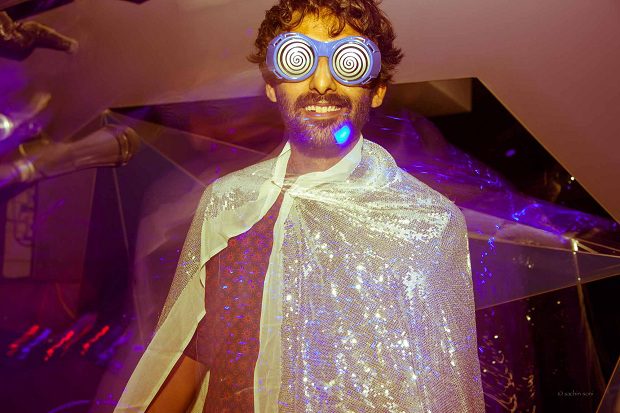
Swarm in Here reverts back to the grittier, more techno space, reminiscent of something off of a Four Tet production — Sawhney’s vocals are back, distorted and reverberating which is an overarching component for this album. Deviant, the last track on the album, has Sawhney singing clearly, before his voice gets swallowed by the reverb — a stylistic choice, after the beep of a telephone being hung up. It almost seems grief-stricken, the disembodied quality that he endows his own voice, as he croons “Well goodnight, and goodbye” — an odd sense of finality haunts the track, which is appropriate, considering it is the closing one.
Listening to Lifafa I is an experiment in curiosity — because it almost feels like going back into a past that shall open itself up and stretch itself in directions you know very well. You get to experience ideas that are nascent, in their symbolic gestational stage that shall be utilized, magnified, and skewed and twisted into two monumental albums from the Indian indie scene. There is a lesson in there, I think, about the progression and enlarging resonant futures — and on that crucible rests the essentiality of looking back and piecing everything that has got us here, and shall lead us further.
The album can be streamed here :

